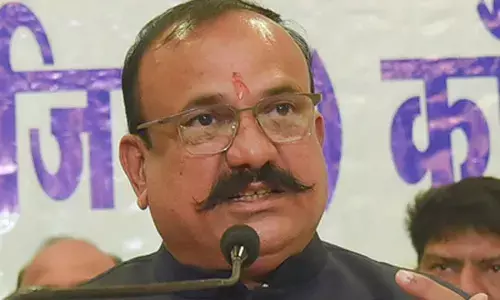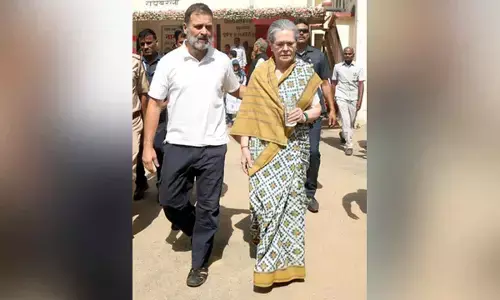Transaction trends grow from 2021 to 2022

Transaction trends grow from 2021 to 2022
Compared to the holiday shopping season of 2021, spending increased by 64 per cent and the number of transactions by 31 per cent in 2022, reveals the PayU platform's Insights Report - Festive edition.
Compared to the holiday shopping season of 2021, spending increased by 64 per cent and the number of transactions by 31 per cent in 2022, reveals the PayU platform's Insights Report - Festive edition. It examines digital payment transaction trends between the holiday seasons of 2021 and 2022.
The report also depicted the overall impact of the epidemic on Indians' embrace of digital payments throughout the holiday season. Between the "normal" time of 2019 and the post-pandemic period of 2022, there has been a 245 percent increase in spending and a 130 percent increase in the number of transactions.
India's strong credit preference
This season, credit cards were the most popular form of payment. Interestingly, despite the fact that there are 12 debit cards for every 1 credit card, credit card users spent nearly 5 times as much overall in 2022. In 2022, a credit card user typically spent Rs 6000 compared to a debit card user's Rs 2500. Transactions and purchases made using credit cards increased 42 per cent and 84 per cent, respectively, year over year. Banks giving cashback, reward points, discounts, special offers, and add-on services on cobranded cards and freestanding cards may be one factor.
The fact that repayment of credit (i.e., personal loans for consumers and enterprises) experienced a 107 per cent increase in expenditure and a 105 per cent increase in transactions over the previous holiday season further reflects the desire for credit. Credit Repayment ranked among the highest categories for UPI spending, indicating that more Indians are utilising UPI to pay back personal debts. Debit card transactions decreased by 34 per cent, which is not surprising.
Revenge tourism is the rage
Whether driven by extended Diwali weekend or retaliation tourism, Indians' spending in the travel and hospitality sector increased by 165 per cent throughout the course of the holiday season. Indians not only travel widely, but they also use various forms of transportation. The cost of cabs increased by 121 per cent , the cost of rail reservations increased by 50 per cent , and the average ticket size increased by 33 percent . The typical ticket size increased by 95 percent for airlines. The cost of vacation packages increased by 70 percent , and the average ticket size increased by 341 per cent.
UPI driving digital payments adoption for daily use-cases
The number of transactions climbed by 133 per cent , and spending increased by 124 per cent when compared to 2021, likely reflecting the economic recovery and growing UPI usage by small firms and consumers. It's interesting to note that the typical ticket size for UPI transactions has decreased slightly (minus 4 per cent ). The fact that consumers used UPI for low-priced products like groceries and city transit and entertainment may be the cause of the drop in ticket size. Mumbai, Bangalore, Hyderabad, Chennai, and Delhi NCR are the top 5 cities that contribute to the most UPI transactions.
Digitisation and economic expansion led to the growth of financial services
Transactions and expenditures rose by 100 per cent and 143 per cent, respectively, in the banking and insurance sectors. This overarching feeling is seen in all BFSI categories; overall spending in the insurance sector increased by 41 per cent , possibly as a result of economic growth, regulatory changes, and rising insurance penetration. Investments experienced a 66 percent rise in spending and a 50 per cent increase in average ticket size. Post-pandemic behavioural shifts and greater usage of DIY wealth management platforms may be contributing factors.
OTT and gaming leading digital entertainment adoption
The entertainment sector saw increases in transactions and spending of 54 per cent and 52 per cent , respectively. Gaming spending increased by 20 per cent, OTT spending by 80 per cent, and transactions by 175 per cent. However, spending and transactions linked to seeing movies in person and going to live events decreased by 11 percent and 43 percent , respectively. This may be due to habits formed during the epidemic (OTT preference & avoiding public settings), which persisted after the pandemic.

















